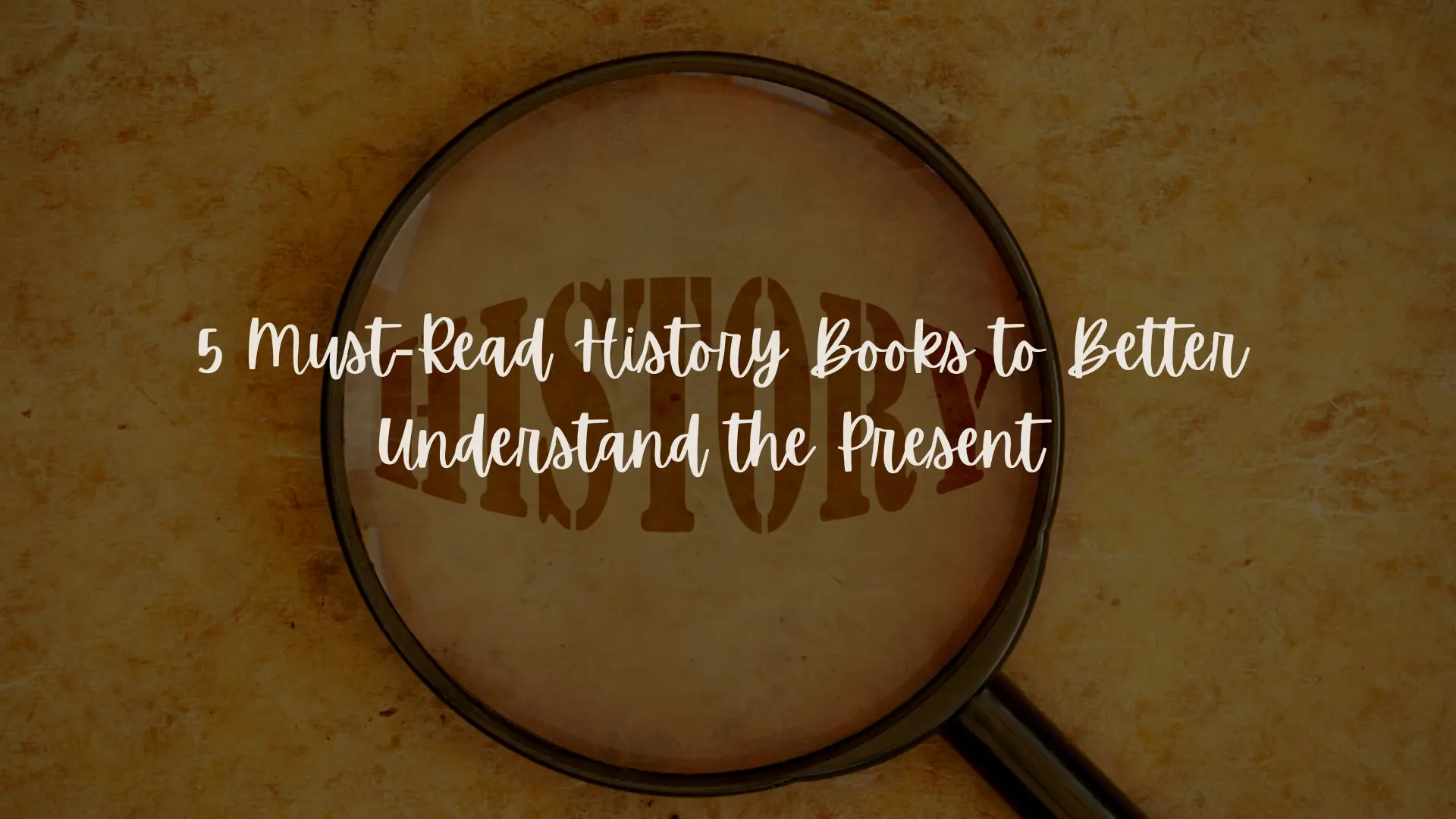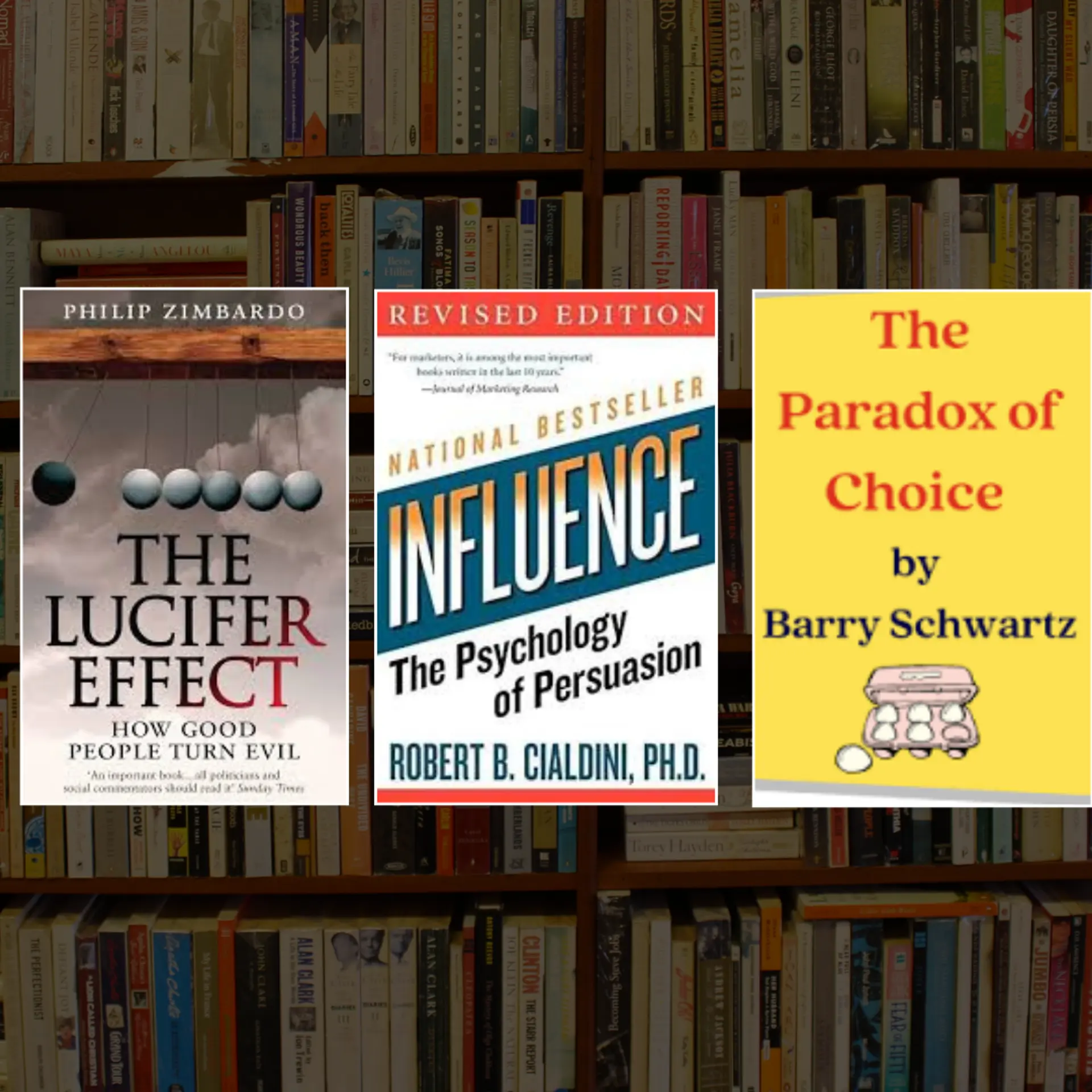7 takeaways from the crowd on how to prepare for 2017
The year gone by has seen multitudes of people get together to make their presence felt. Be it during the prolonged US electioneering process, the voices around the refugee crisis or the reality of Brexit - the West is seeing a radical shift in its state of affairs. In India, we are having our own prolonged battles with corruption and change. From transitioning from a high cash to a low cash and digital economy to the handling of meteorological and leadership changes - this year has had several talking points in India too. And let’s not forget the many highs and lows in the startup space.
Here, one may be tempted to conclude that the force of change today seems stronger and more unpredictable. Or is it really? Are there some learnings from recent happenings that can help us become more aware and prepared to deal with the circumstances to come? Well, here are some of our takeaways from the past twelve months that could help us deal with the twelve to come:

Making sense of crowd data is an art
Businesses are increasingly realising the importance of receiving continuous and more holistic feedback from diverse audience segments for their product validation. This has been evident at Crowd Product’s Crowd Pitch activities, where we have had expert panels (investors, enterprise leaders, academicians) and curated audience members (peers and potential customers) together validating and sharing feedback on presentations. Based on the panel's assessment and the audiences' score, promising startups have been determined.
Just as making a venture investment is more of an art, so is the process of engaging with a diverse audience. Successful investors, despite having a bunch of reports and predictive models to back certain decisions, end up making calls based on their cognitive biases. Hence, greater is the need to leverage the latest technologies and crowdsourced solutions to enable stakeholders to make better sense of crowd data and justify decisions.
What’s in it for me & my loved ones?
In the recently-held Digital Citizen Summit where YourStory was a partner, the ‘What’s in it for me?’ user behaviour was discussed quite extensively. The event, which provided a platform for the sharing of learnings around individual internet experiences, saw speakers talking about how the digital medium can do better by incentivising more diverse contributors to enter the space.
Amidst the intense discussions around cyber-bullying and internet shutdowns, the panels spoke about the importance of the medium being more inclusive - for those from rural areas, those with disabilities and so on. In essence, access to the digital world can solve many perennial challenges, including that of financial inclusion. The recent days, despite the hardship, have seen more people learn new ways of communicating and transacting; only time will tell us its true benefits.
Solution-focused debates over dogmas
The challenge of a crowd is that one can get lost in the noise around populist narratives and personal diatribes, as witnessed in the recent US elections. While the media may seem to have fallen for the bait, as seen in the disproportionate coverage of some of the less important issues, our ability to look beyond our own coterie seems to be diminishing by the day. This, read in the light of being fed with increasing content aligned to our interests, makes us unaware and unprepared for challenges that may lie ahead. Therefore, greater is the need to venture out with an open mind and (re)engage with large segments of society, who may all have a direct or indirect impact on our destiny.
Staying in touch with the grassroots
As an extension to the previous points, the importance of being in sync with trends at the grassroots cannot be overstated. In today’s innovation-led space, most, if not all, have easy access to disruptive tools that could potentially bring about quick, radical changes in both ways of life and business. Just as I write this piece, a startup peer, Nikhil Jois from Eventosaur, en-route to work, found an Ola cab-preneuer who also works part-time as a wedding caterer. They met immediately after the ride, and Nikhil now has a new vendor partner.
While Nikhil has been connecting with the grassroots really well, for some other leaders, this may not come naturally, or they may just be too caught up with other work responsibilities. So, how does one still stay in touch with the grassroots? Again, with today’s available technologies and crowdsourcing solutions, one can still get to those in the crowds that make sense to their businesses. As American businessman and top stock investor Peter Lynch stresses in his book ‘One up on Wall Street’, it’s important for people to do their own research and devote time for it. Do not neglect the crowd data points while doing this research and when taking decisions that impact the course of your business.
The less vocal cannot be ignored
One of the reasons the US election pundits got their results wrong was that many potential Trump supporters, intimidated by the media glare and the possibility of being negatively labeled if they spoke of their preferred choice, stayed silent, and were thus largely ignored. The lesson from this episode is that if you want to receive proper feedback, create a congenial environment for people to share their views, without the fear of being judged.
Our digital space today offers several avenues to seek feedback without the giver having to feel intimidated or judged. In the case of the recent demonetisation drive, rather than making conclusive statements based on shares in front of cameras, it may be worthwhile to also listen to feedback when in a more congenial environment. It's in our shared interests to make the less vocal heard again.
Co-operate with stakeholders to make change happen
As Swedish thought-leader Hans Rosling, who promotes the use of data to explore development issues, suggests, in order to make real change, one needs to run for office. If not, one can always join forces with the stakeholders. It can help changemakers, be it in the corporate sector, social ventures or the startup space, to work with people at the highest levels.
Keeping our eyes and ears open to decisions made by governments may well help us decide where our focus should be. When it comes to the startup category, we have noticed that stakeholders have started to prioritise ventures that are into smart city solutions or those enabling easier financial transactions. It’s time for those in innovation-led spaces to stop working in silos and venture out and collaborate with the right people to turn force-multipliers.
Take a step back & prepare to do the new
Finally, as we come towards the end of another action-packed year, it could be a good time to reflect upon the decisions we made, our learnings, and how we could do even better in the coming year. Taking a step back can also bring out new ways to approach problem-solving, while staying committed to decisions.
As they say in Sweden, whose temperature this time of the year is anywhere between -1℃ and -10℃, there’s no bad weather, just bad clothes. The sense of being prepared is quite ingrained there - be it changing one’s car tyres to winter ones, cleaning one's chimney, or having the right clothes and heating in place.
In a similar light, I would like to conclude with:
There’s no disaster, just not having alternative plans in place.
There’s no disruption, just being poorly prepared for change.
============







